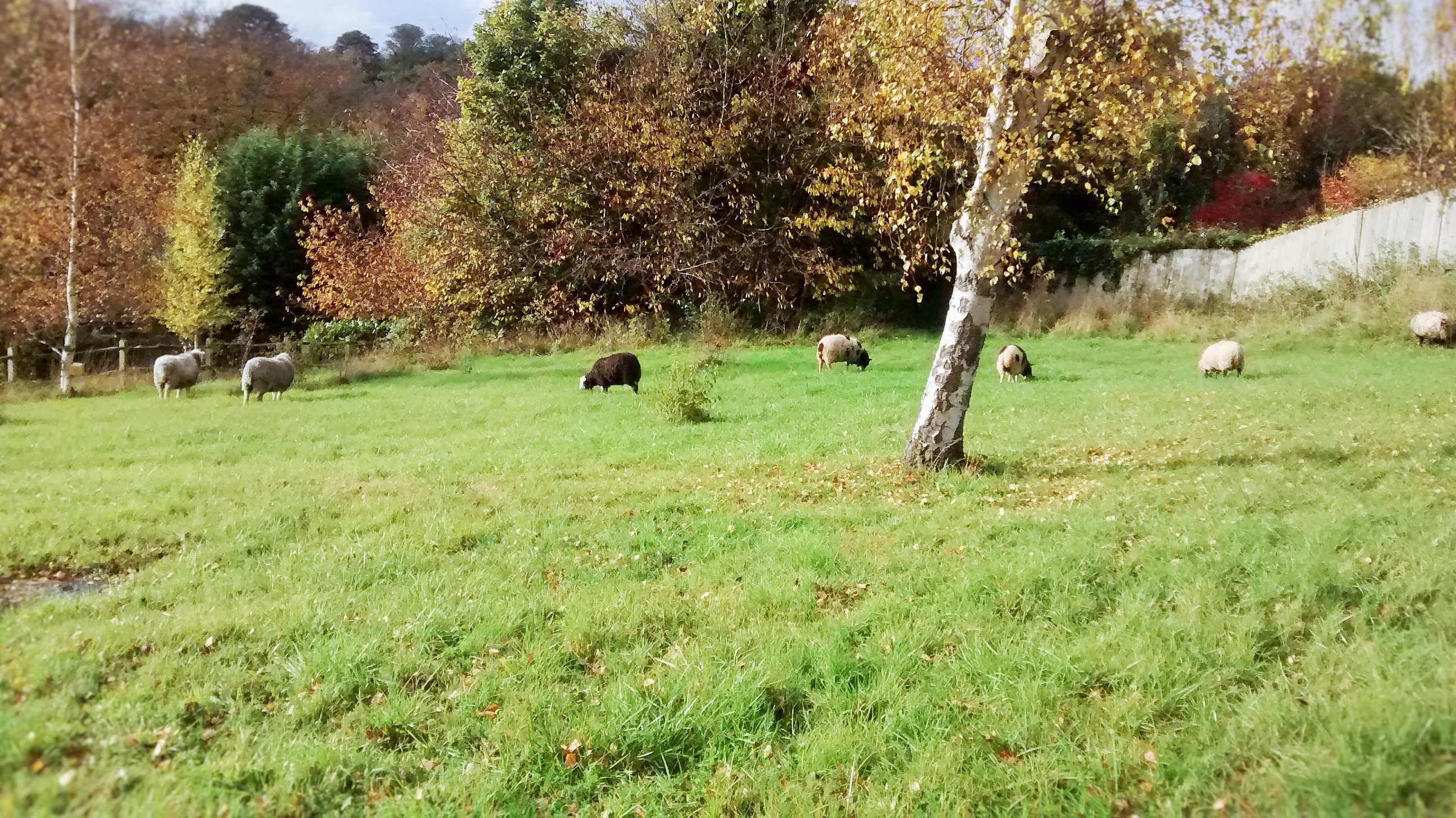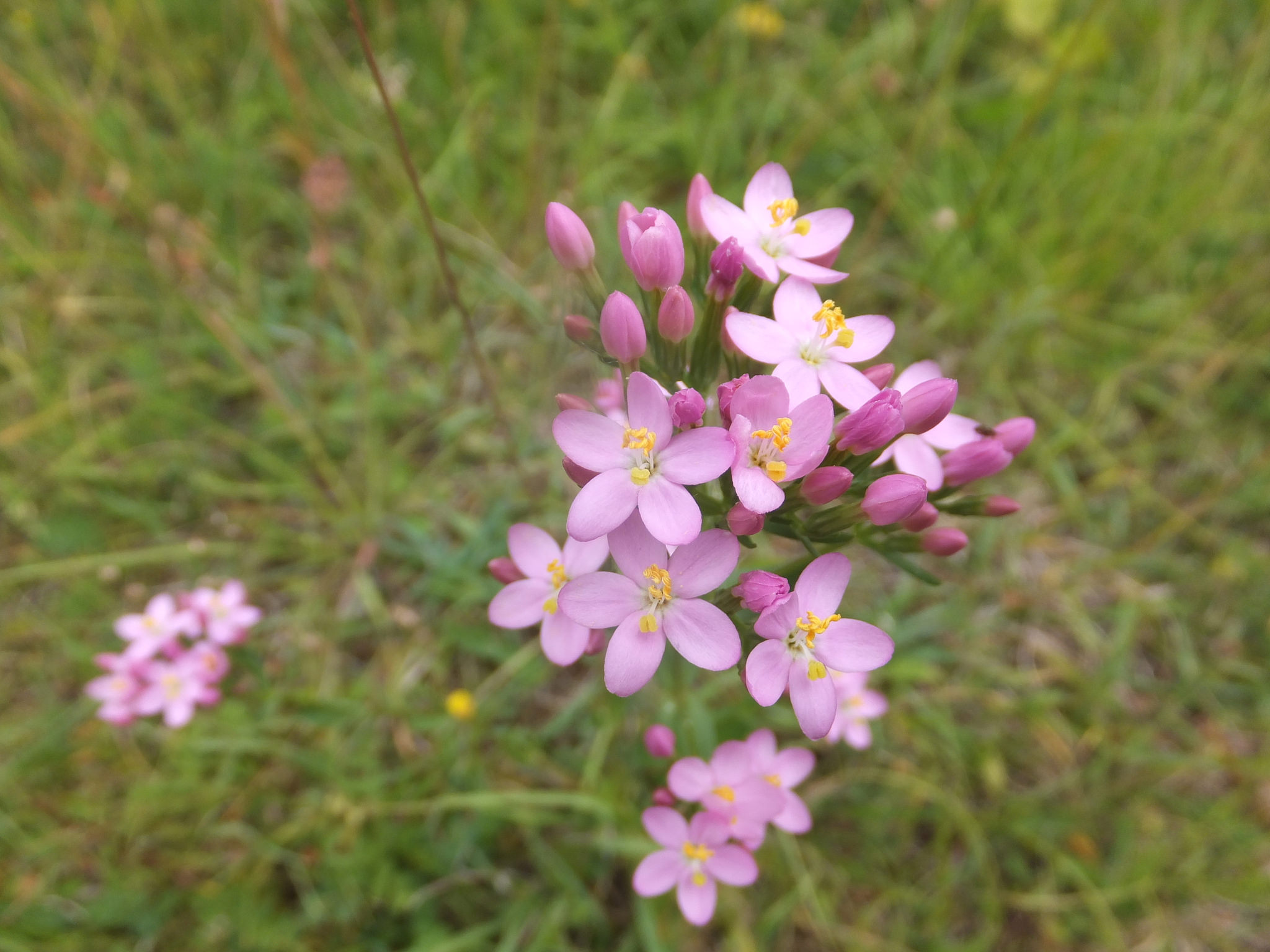Over the last few months, the London Borough of Sutton Biodiversity Team have run a small consultation on the potential grazing of Wellfield South, a 0.6ha site in Carshalton Beeches.
[googlemaps https://www.google.com/maps/d/u/3/embed?mid=zBEeORJ6TYVo.kHhQVpw6PvHE&w=640&h=480]The Biodiversity Team are happy to report that the majority of respondents to our surveys are in favour of grazing Wellfield South. The briefs on the Phase 2 consultation background: Wellfield South Grazing Consultation – Phase 2 background and Phase 2 consultation results: Wellfield South Grazing Consultation – Phase 2 Results are available, just click the links to view! Option 2, (page 9 of the background document), a temporary paddock created through electric fencing was the preferred choice by respondents (61%).
We are now in discussion with our grazers, the Downlands Partnership, as to when we are likely to be able to graze the site. Grazing by the Downlands Partnership in Sutton is autumn grazing but because all of the partners that the Downland’s supply around north Surrey with grazing animals want autumn grazing, it may mean that we can’t graze the site at this time of year, as animals are already munching away on other sites.
This inability to autumn graze, however, may not be such a bad thing. In the main, we graze animals on our grasslands in late summer and autumn to convert the nutrients in the grass into meat on the animals (ensuring the grassland remains low nutrient, ideal for scarce flowers) and to help distribute seeds around the site, through being caught in their fleece (or pelt for other grazing animals), hooves and dung. [In Africa, some plant species even produce seeds that look like the dung of antelope to trick dung beetles into rolling them away to bury, thereby ‘planting’ them in ideal conditions!]
When conservationists are dealing with a site like Wellfield South, one of the problems is that the grass species on site are tall and vigorous. This means that once the growing season really gets underway in late spring and early summer, the grasses grow tall (for false-oat grass Arrhenatherum elatius, this can be up to 3 1/2 feet (1.1m) tall). This creates shading to lower growing species, reducing light (and thus, energy) reaching many of the plants, as well as creating more humid conditions at ground level, which favours some species more, in general, than the indicator species we are looking to promote for a chalk grassland.
One of the best ways to deal with this strong growth of coarse and tall grasses is to graze the site during the spring, as the sheep (or cattle), will preferentially take these coarser species when they are at their most palatable (i.e. young, tender and full of nutrients). We have to be careful that we don’t overgraze in spring, or graze repeatedly over many years, as that is likely to negatively impact on species which flower earlier. We don’t currently have early flowering species of conservation concern on site as yet but we want to ensure that if they start growing, we create favourable conditions for them.
The aim for Wellfield South is to spring graze over the next few years to reduce the tall grass growth and create a shorter summer sward (height of grasses and flowers), allowing wild flowers to grow with less competition. We will also aim to intersperse spring grazing with autumn grazing over the years to transport seeds caught in fleeces and dung from the better quality grasslands just down the road at Wellfield East and West.
The Biodiversity Team will place posters around the site prior to sheep going on and keep this blog and our social media sites updated with news as to when the sheep might be arriving, so do follow us to keep abreast of the latest news!
If you have any questions on the grazing of Wellfield South or any of our grassland sites, please do get in touch. We will be looking for additional stock checkers to help monitor the condition of the sheep on Wellfield South, once they go on, so if you are interested in receiving basic training in livestock management, give me a call or drop me a line!
David Warburton
Biodiversity Officer
david.warburton@sutton.gov.uk
020 8770 4203








